Crossville, Tennessee got its name by being widely known as a place of crossroads; of Avery Trace, Walton Road, and the Kentucky Stock Road, connecting various toll areas like Johnson’s Mayland stand and Kemmer’s stand. Travelers often referred to it as the way to somewhere else.
Avery Trace was the original route, blazed by a local hunter named Peter Avery in 1787. Walton Road was built by Revolutionary War Captain William Walton, opened in 1801, and is still open as a state scenic bypass.
These routes are now roughly defined by the path Interstate 40 carves into the land between Nashville and Kingston, later expanded into Knoxville and the rest of East Tennessee.
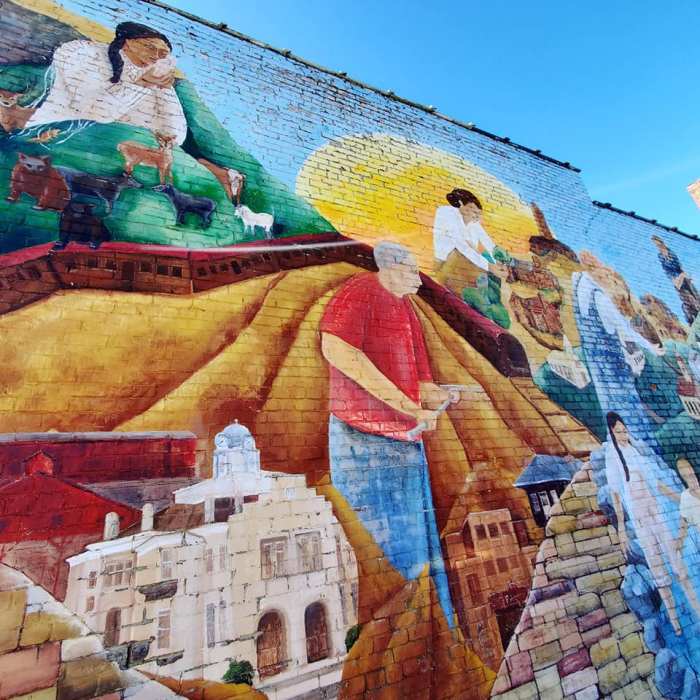
Crossville land was taken from the Cherokee, Choctaw, Chickasaw, and Creek people, right around the time that Tennessee became a state in 1796. One of the first establishments built by white settlers, aside from modest inns, was in 1800 when a local named Samuel Lambeth built a general store to service the constant flow of travelers here.
A post office was built a few decades later, and in 1856 the Tennessee General Assembly created Cumberland County in one giant swoop of smaller counties and communities in a nearly 680 square mile region. Crossville was finally incorporated as a city in 1901.
Wars came, the railroad and timber industries left their marks, and eventually North Americans found themselves struggling to stay alive during the Great Depression. In response, President Roosevelt (FDR) began his New Deal initiative.

A local farm broker named Bob Lyons recognized the county’s development potential and applied for Cumberland County to be one of the chosen areas of government subsidized farm and residential projects.
After the approval and selection of Crossville in 1934, more than 2,000 families applied for just 250 of them to receive an opportunity to trade intense physical labour in return for owning their home and farm.
The first mission of the selected new residents was to clear ten thousand acres of timberland, and many of them lived in quickly assembled dirt floor barns with their entire families during this time.
Men were assigned new trades to learn, and that was the job they took on in the planned community. They had little control over what that trade might be, and even if they did not like it, they could do it or leave.
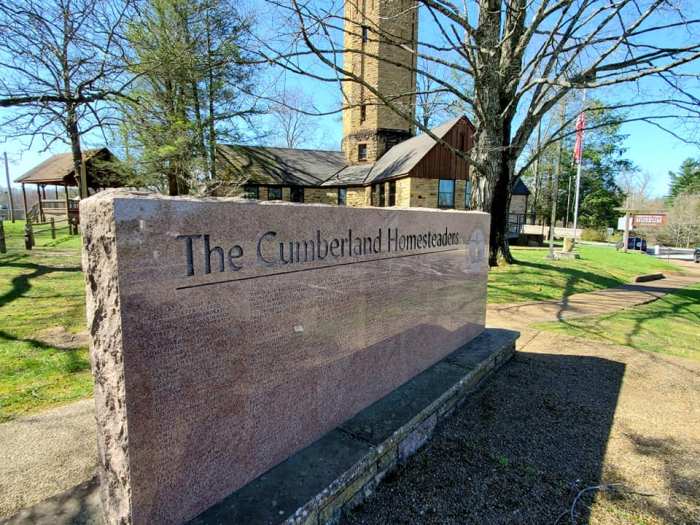
Homesteaders took great pride in the backbreaking labour required to pull this off, insisting they are not freeloaders and never took any handouts. Even today, the fastest way to ruffle someone’s feathers here is to insinuate that anything was “given” to them by the government.
In fact, the government agents in the Division of Subsistence Homesteads overseeing this project made it even more difficult on farmers to take ownership of their home and farm, pushing them to their physical limits and implementing a policy of “sweat hour” credits required, or else the family would be disqualified and lose everything they had worked for.
Wages were around fifty cents per hour, long before the 40 hour work week limits were created, and workers only received one third of their wages in cash. The other two thirds went toward the purchase of their land and homes.
Homesteaders joined together and insisted that an appraiser outside of the overseeing government agencies come to evaluate the real worth of their labour and of the homes they were working for. Appraisers valued land up to 25 acres to be worth $2,000 each back then.
Finally, the homesteaders had a tangible goal in sight, and in 1946 the government backed off. Deeds were written to each homesteader who earned their houses and land, and short-term payoff arrangements were made with those who had not.
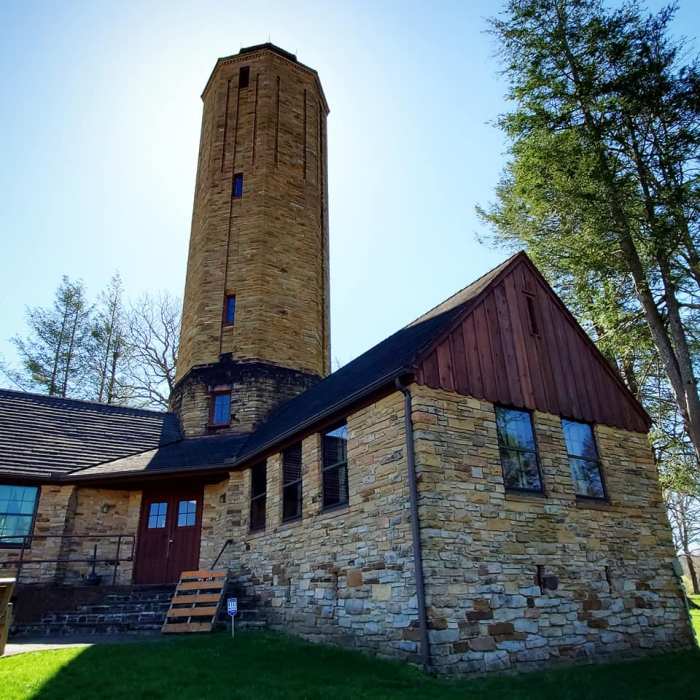
Cumberland Homesteads has been a historic district since 1984 and is listed in the National Register of Historic Places. This is Tennessee’s Largest Historic District, known as the “Showplace of the New Deal.” It is the largest of over one hundred of FDR’s “National Rural Resettlement Projects” which was an early form of government housing projects, and considered the most successful.
Visit the Cumberland Homesteads to see the Homesteads Tower Museum, Homesteads House Museum, and gift shop.
On Hwy 68, the eight-storied octagonal Tower Museum holds the gift shop and several admin offices of the non-profit Cumberland Homesteads Tower Association which operate and maintain the Homestead sites. It was first built in 1937 to store a 50,000 gallon water tank to supply the homestead, but the idea was abandoned before the tank arrived.
Take almost 100 stairs to the top for a view of Crossville and most of the original 252 homes. Lower levels are a museum of artifacts and exhibits of the area during the 1930s and 1940s.
A short drive to the House Museum over on Pigeon Ridge Road will give visitors a glimpse of what the Homesteaders homes and lives looked like, including original furnishings. Project architect William Macy Stanton used fifteen different floor plans, directing each home to be built with Native Stone and wood, paneled in pine, heated with fireplaces.
President FDR’s wife Eleanor Roosevelt insisted on indoor plumbing and for each home to be wired for electricity, as the Tennessee Valley Authority was currently working to bring power to the area at the same time.
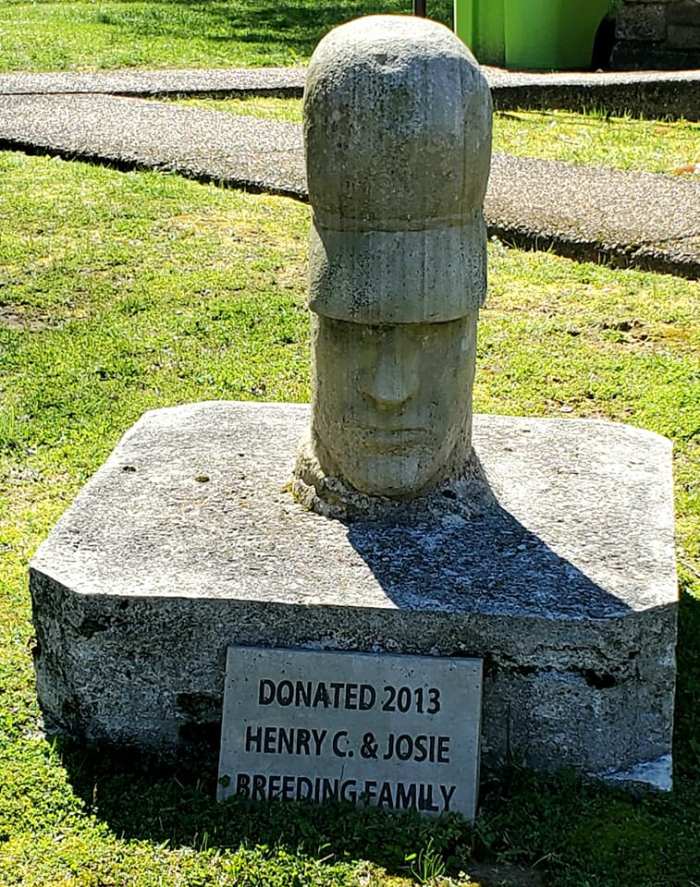
Native Stone, also known as Crab Orchard Stone, was found in abundance around Crossville and Cumberland County, and it was used to make many of the structures you can see today.
The Native Stone building is a primary example of this. Originally the 1936-era building was used as a TN Highway Patrol building. It went through a cycle of being used as admin offices, an insurance company, a theater ticket booth, and the Highway Patrol again.
Now it is owned by Downtown Crossville, Incorporated and serves as a Visitors Center, Museum, & Gift shop.
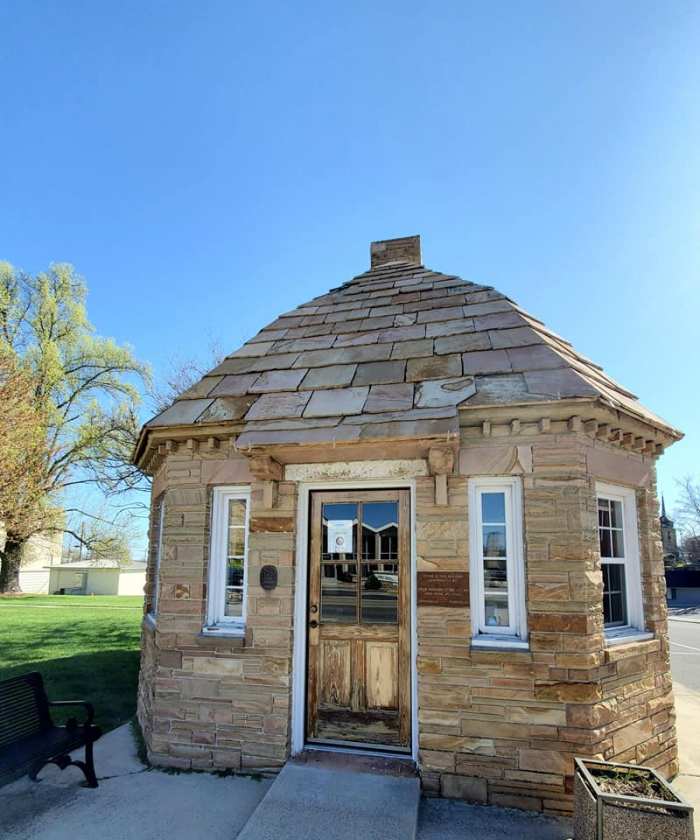
Other buildings around town like banks, churches, and memorials are made of this Native Stone.
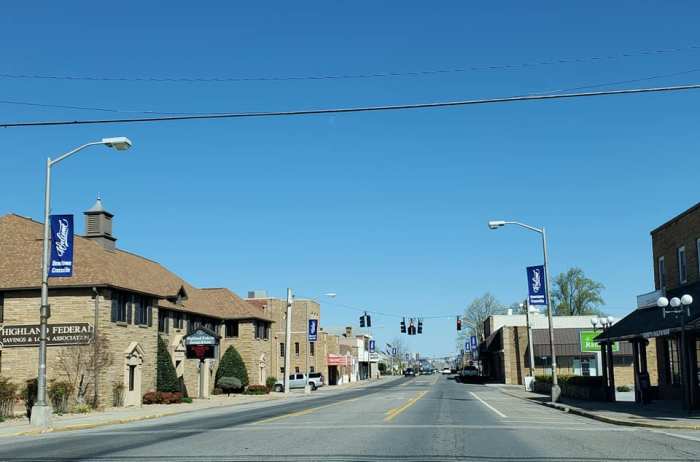
Some buildings have even constructed a façade of different stones to emulate the look of native stone to carry on the distinct appearance.
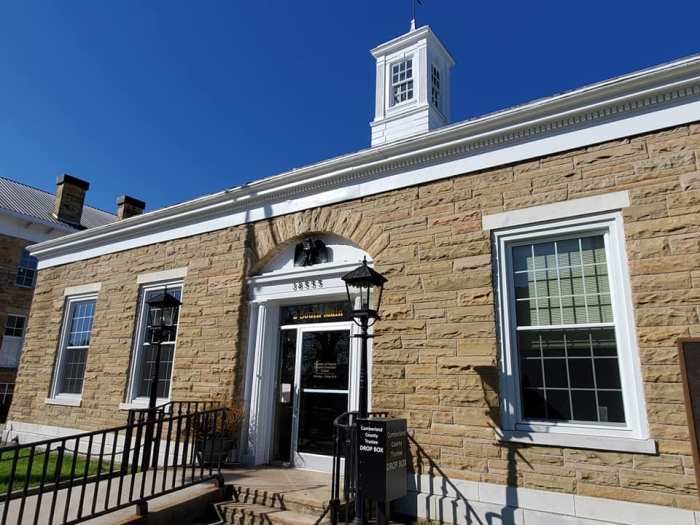
Crossville’s historic Courthouse does not fall into this category, but boasts many memorials and monuments on its lawn that appear to be made of Native or similar stone.
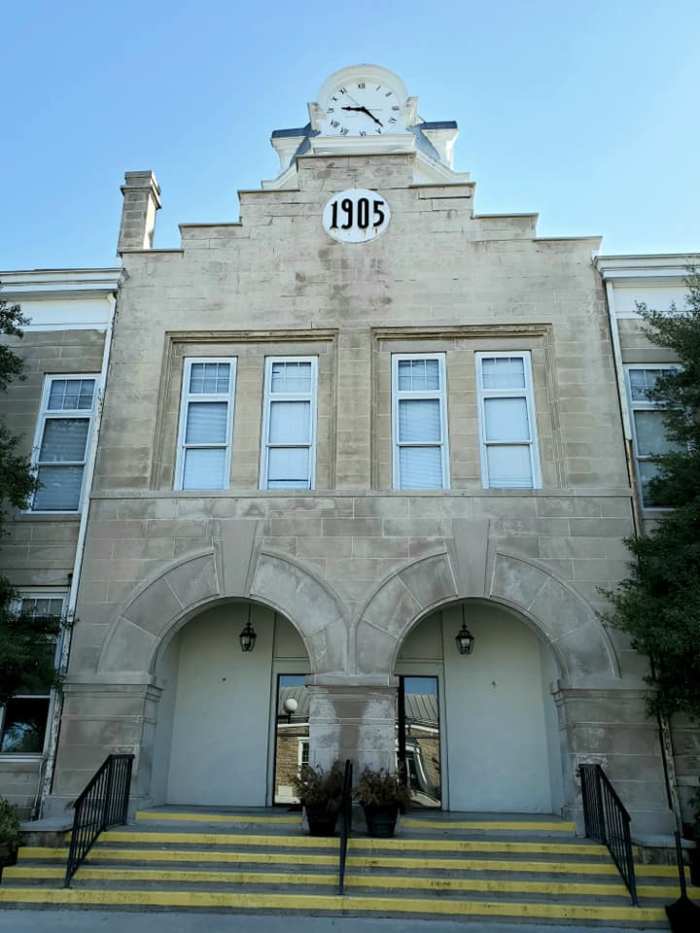
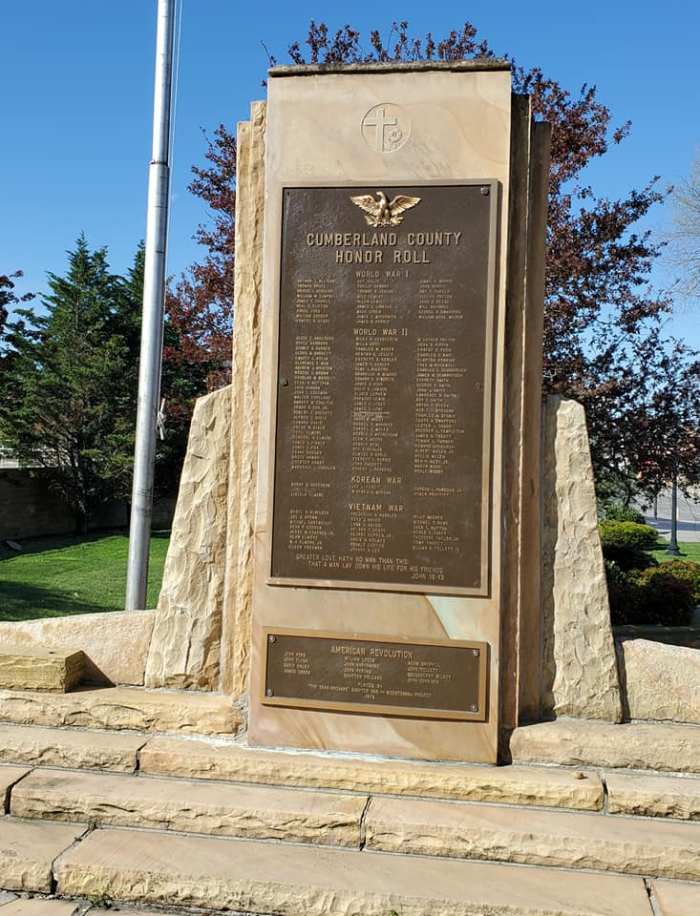
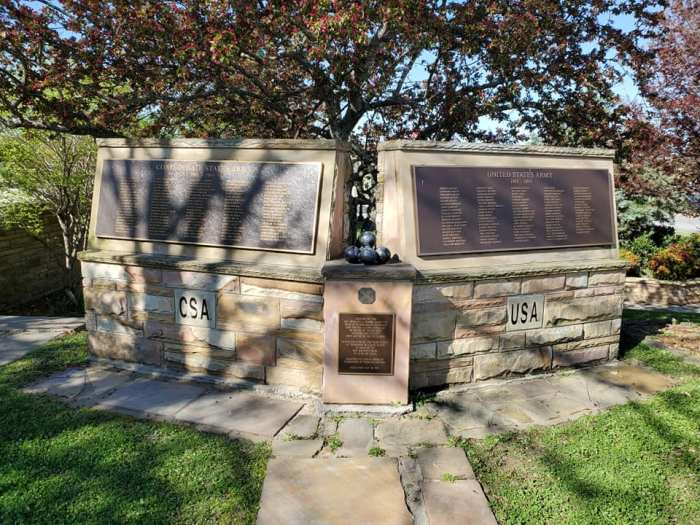
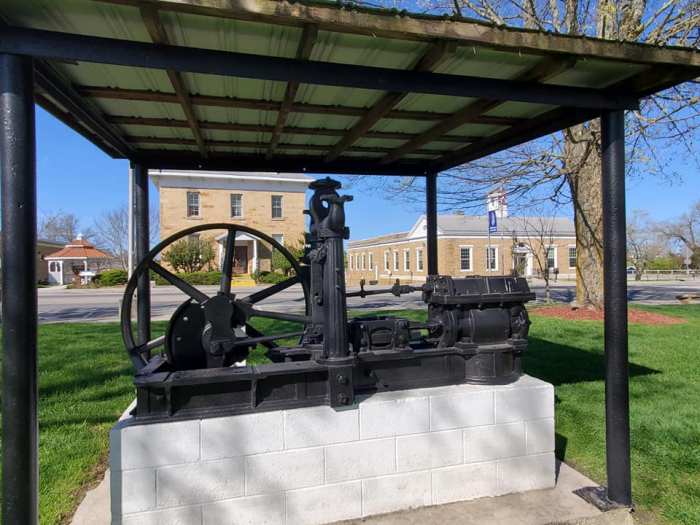
Speaking of fancy lawn ornaments, Crossville was once the site of Pastafarians Ariel and David Safdie’s Flying Spaghetti Monster monument.
As you can imagine, this caused a huge controversy among entitled Christians in a small Tennessee city in the Bible Belt, but local officials held fast to the Courthouse being operated as a venue for free speech despite their personal opinions.
Eventually the monument relocated to new adventures, and that was long before my visit, but I found this hilarious photo on LaughingSquid.com:
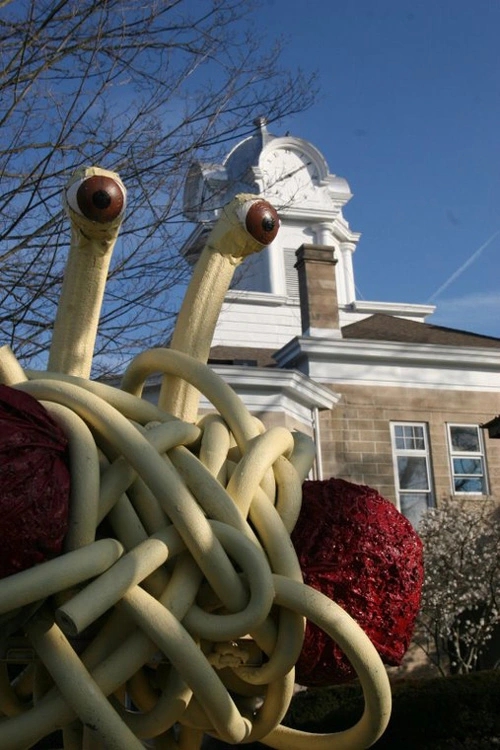
If you are really into interesting architecture like me, check out the Triangle Building at 95 N Main Street. I could not find any signs to see what businesses might be here or who owns it, but a local told me it was an old building the railroad left behind.
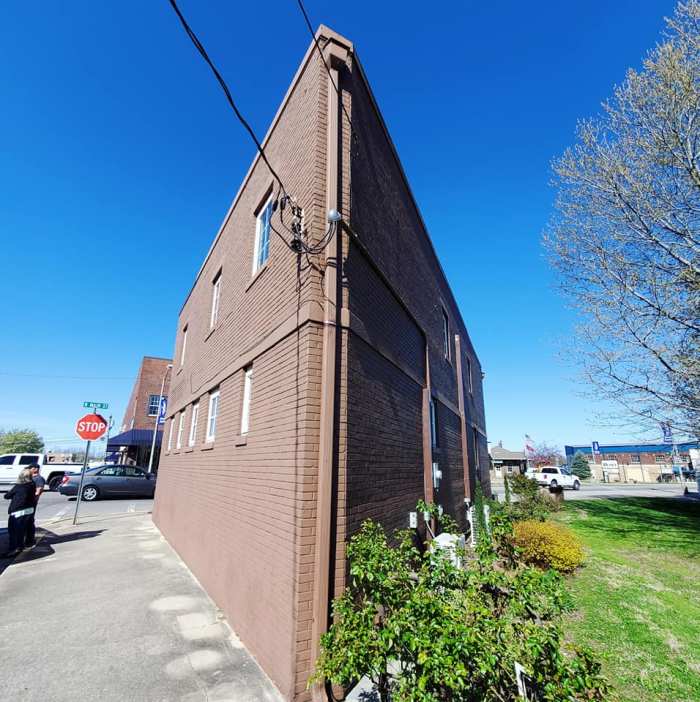
History buffs should not miss an opportunity to visit the Crossville Depot Museum, the Military Memorial Museum, or to reach out to the Cumberland County Archives & Family Heritage Center with any specific inquiries.
The Crossville Depot Museum also serves as an event space for rent and as a gallery for local artists.
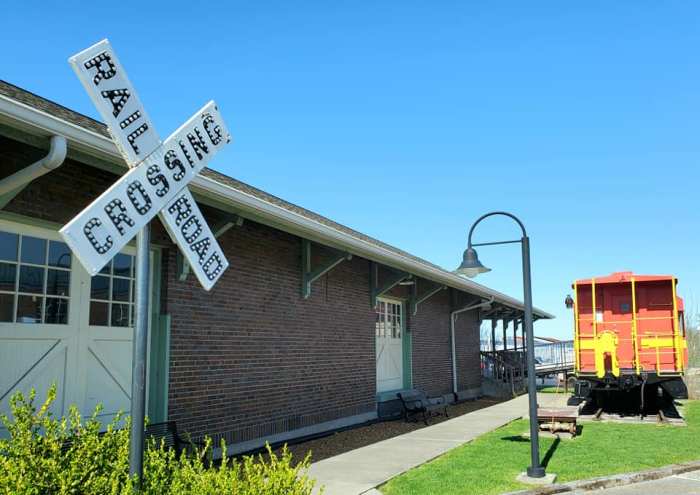
The Military Memorial Museum source of fascinating area history, from local battles to national wars.
I just learned that the current University of Tennessee’s 4-H Club site used to be the Camp Crossville POW prison. Camp Crossville was one of the first intern camps created during World War II and it held around 1,500 captured Italian and German officers.
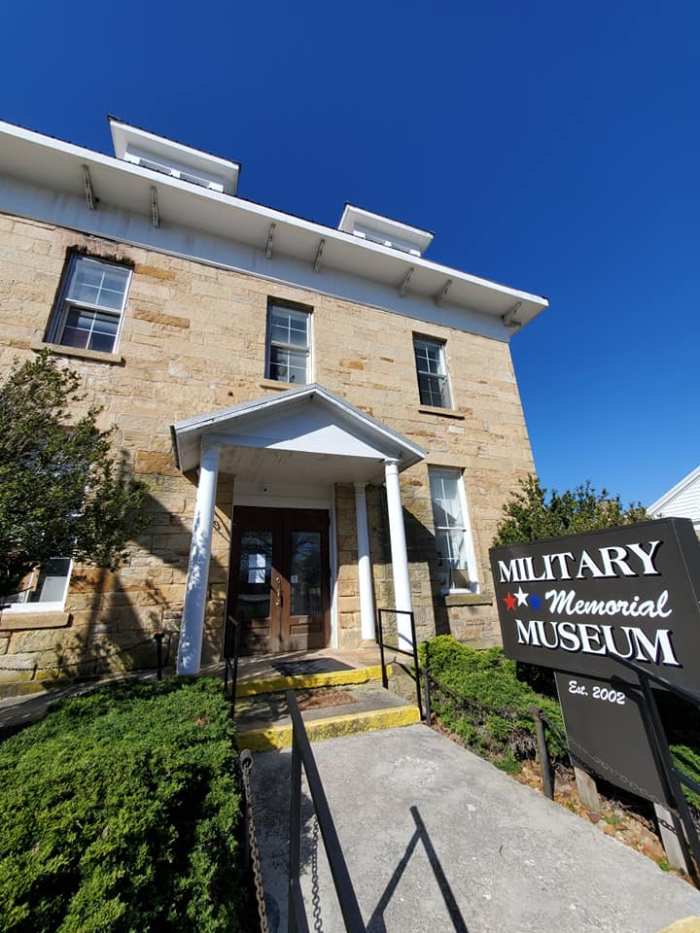
As beautiful and fascinating and odd as all of that is, Crossville has some really ugly recent history too. Until the late 1950s, Crossville was a proud Sundown Town, with signs posted at the city limits and everything. You will not see any of those signs today, but you will not see many Black/African American people in the area either.
Back then, a Black settlement known as Tate Town off Old Jamestown Road was created about twelve miles north of Crossville. The people there received no funds or educational support from the government, but they built their own log cabin to use as a combination church and school.
Various sources say Reverend John C. Tate tried to establish Tate Town as a colony for free Black men that had previously been enslaved, patterned after the nearby Rugby Utopian colony.
You can visit old Tate Town today and pay respects at the Reverend John C. Tate Cemetery, see the log cabin, and other monuments in the area that is called Woody, Tennessee now. Directions and exact addresses are vague.
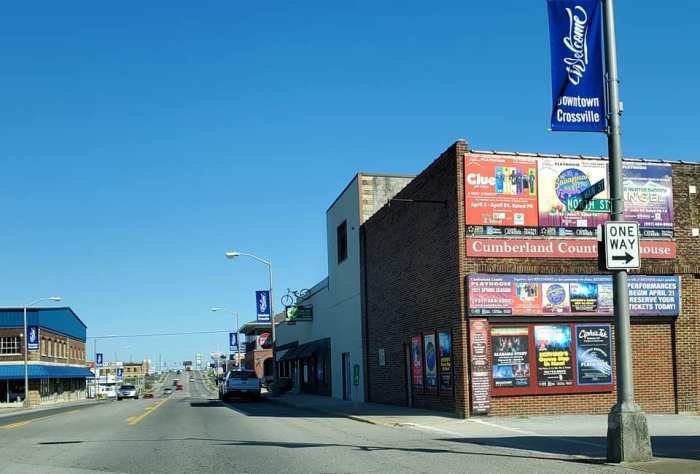
Tennessee Tech has brought in students from all over the country and has helped create more diversity in the Crossville community. Currently the city has a combined Black/African American and Hispanic population of nearly seven percent. Read up on the Upper Cumberland Diversity Advocates to learn more about the initiatives they are putting into place to build a better future.
Crossville is the “micropolis,” the largest city of, and county seat of Cumberland County. The Muddy Pond Amish-Mennonite community, and the Historic Rugby communities both create some additional diversity and history of Crossville. Its Fairfield Glade area is a well-known retirement and CDP community also.
Several stops of the infamous Pie in the Sky Trail are located in Crossville, and the Cumberland County Playhouse and the historic Palace Theater bring a hefty amount of tourism and artistic merit to the city.
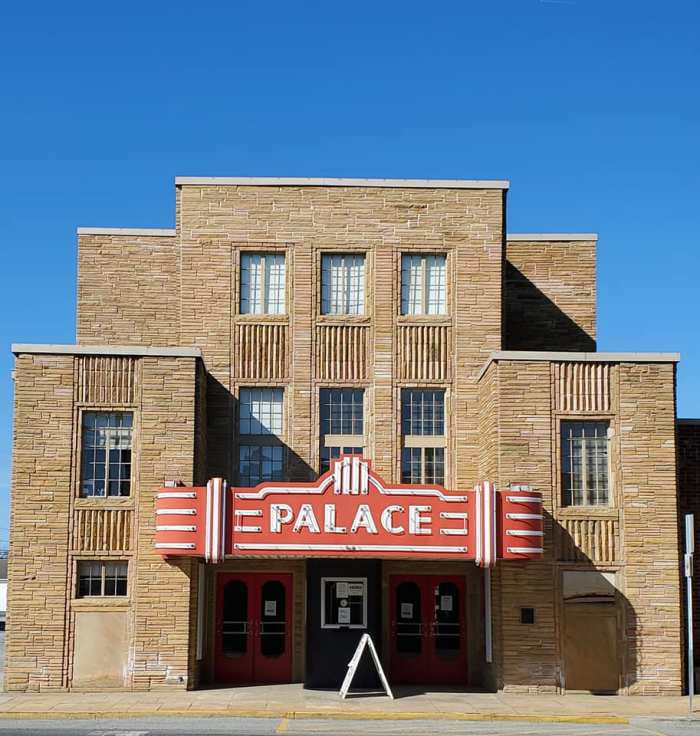
Scenic rolling hills make Crossville the ideal location for golf courses, and the city is proud of its Golf Capital title, with ten champion level courses and one designed by the famous Jack Nicklaus.
Outdoor lovers will enjoy taking refuge and recreation at the Obed River, Big South Fork, Centennial Park, Grassy Cove, Canterbury Lake, Meadow Park Lake, Saint George Lake, Lake Holiday, Black Mountain-Brady Mountain Trailhead, Lake Mohawk, Trailhead Soldiers Beach, Cumberland Mountain State Park, and so many other natural places.
Cumberland Mountain State Park and its Byrd Lake are so serene and lovely. Check out my blog to learn more about that.
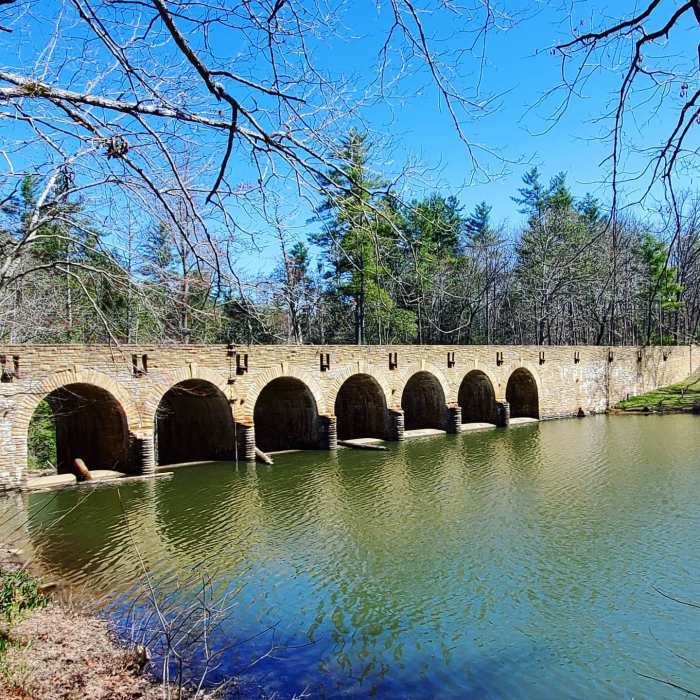
Bee Rock Overlook is another sweet spot we hiked last summer.
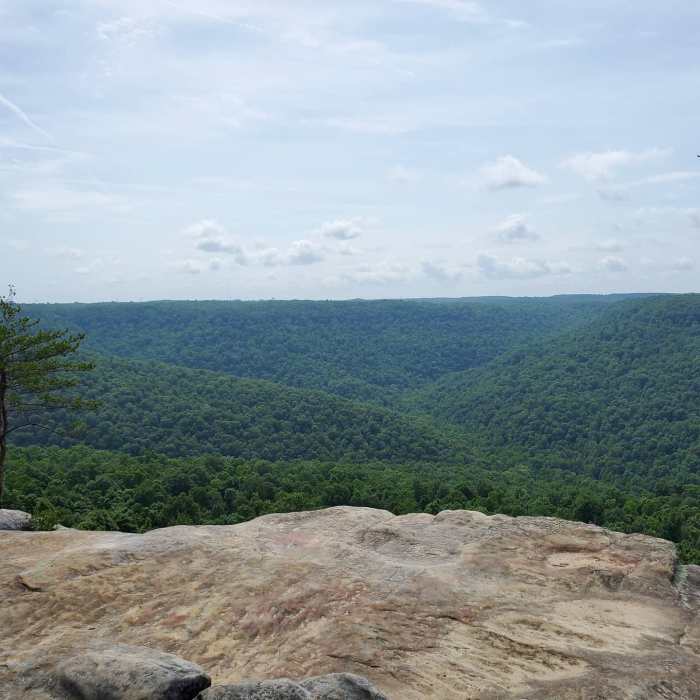
Cummins Falls, Burgess Falls, Fall Creek Falls, Ozone Falls, Virgin Falls, and Upper Piney Falls are just a few of the gorgeous waterfalls around.
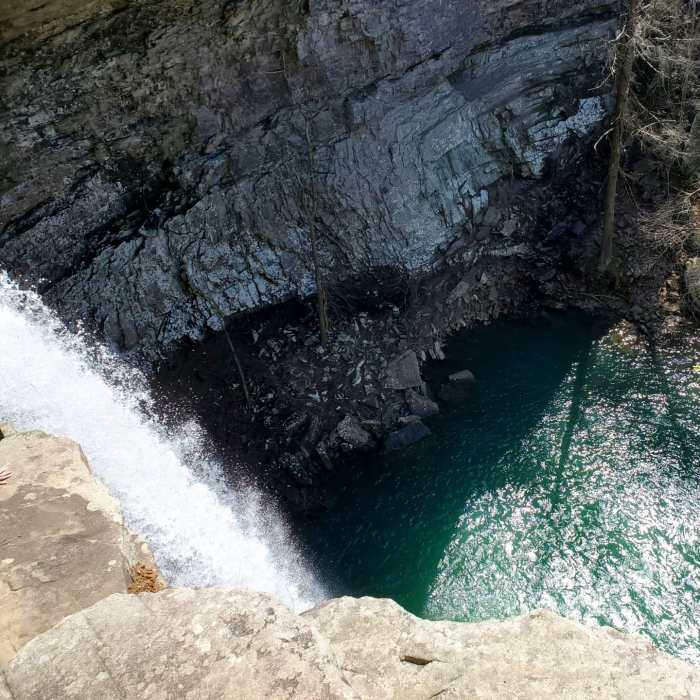
My favourite place to eat in Crossville is Grinder House Coffee. Stop in for a cup of coffee, a loaded panini on grilled herb bread, or any of their other delicious offerings.

Grinder House is right on the street and they have various types of seating, so you can get comfy and people watch, catch up with friends, read, or listen to live music.
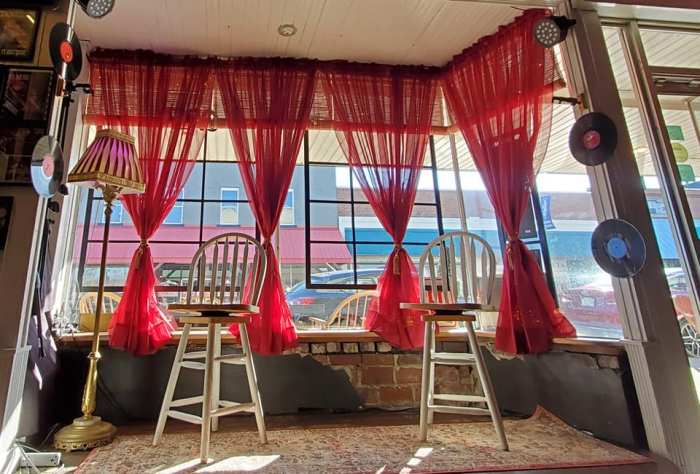

Beef & Barrel Restaurant has a great Reuben. We had been walking around for several hours since breakfast and were so hungry at this point, we just wanted a place that was not packed.
To be honest I was expecting gross, greasy bar food, judging by the place next door and surrounding dives, but I was wrong. Beef & Barrel, despite its name, is known just as much for their colourful salads and healthy veggie dishes as they are for their stick-to-your ribs, hearty meat and whiskey meals.
I still ended up getting a Reuben (my Kryptonite sandwich) but will be back for a salad next time. Pour House Bistro, Brass Lantern, and Abuela’s Cuban Restaurant are also on my list for return visits.
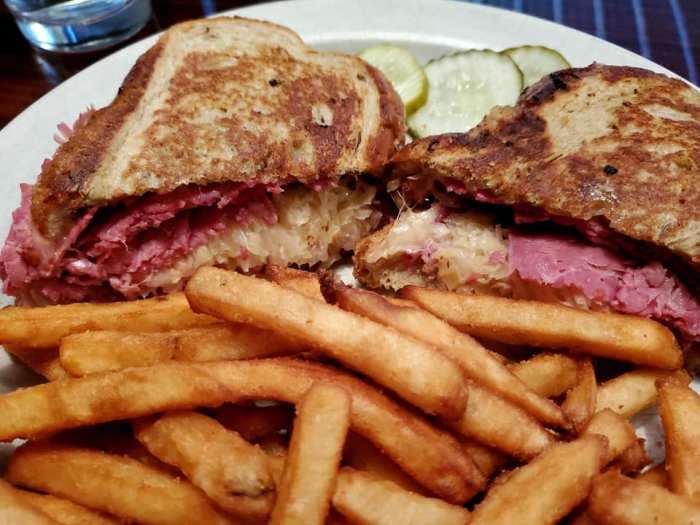
For sweet treats, stop by Mitchell’s Drug Store, voted best milkshake around. Sweet Tooth Bakery & Café and 5th St Market Place Home Goods Café & Bakery will also have something to hit that spot.
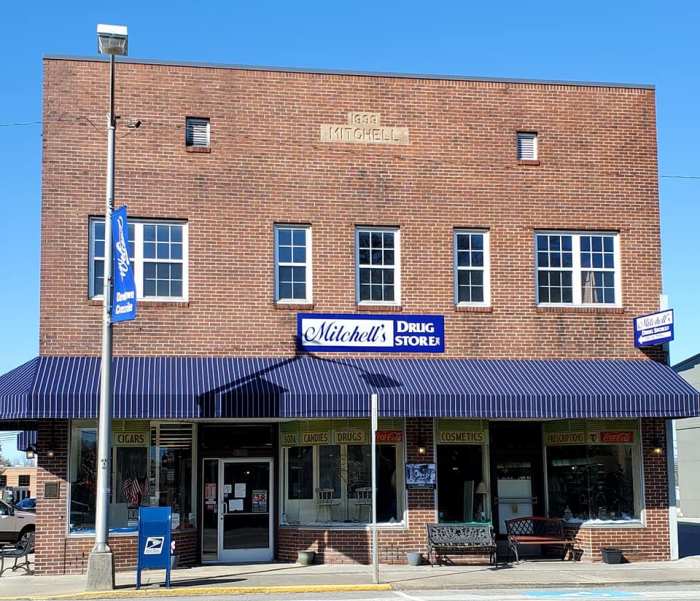
The Upper Cumberland Wine Trail is a must for any visiting wine lovers.


They have a little card you get stamped at each of the seven area wineries, including Stonehaus Winery, Chestnut Hill Winery, Cellar 53 Winery, Highland Manor Winery, Del Monaco Winery & Vineyards, Holly Ridge Winery & Vineyards, and Northfield Vineyards.
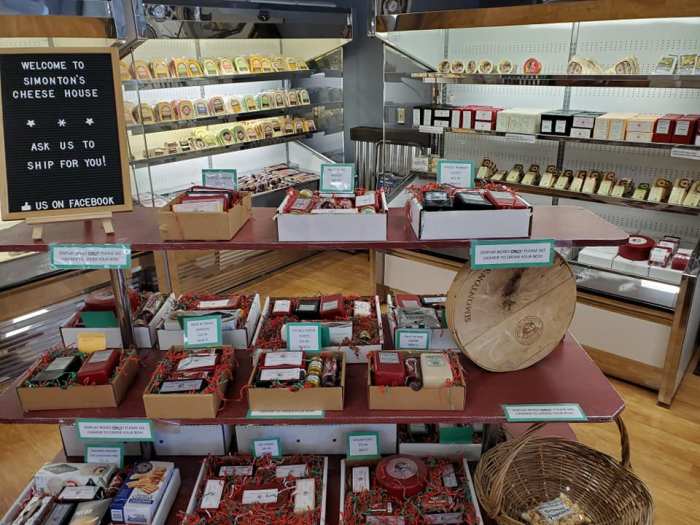
Social Brew is perfect for beers with friends in a more relaxed environment, and it is usually pretty hoppin’ on the weekends.

To mix things up a little, stop by the Crossville Model Railroad Club, billed as the largest multi-scale Model Railroad attraction in the Southeastern USA with free admission.
Shoppers must visit Book Cellar, Cahoots Two Gals General Store, and Simonton’s Cheese House. Crossville has its own massive ongoing Flea Market, and hosts the World’s Largest Yard Sale each August, though more competitive towns have recently out-lengthened them.
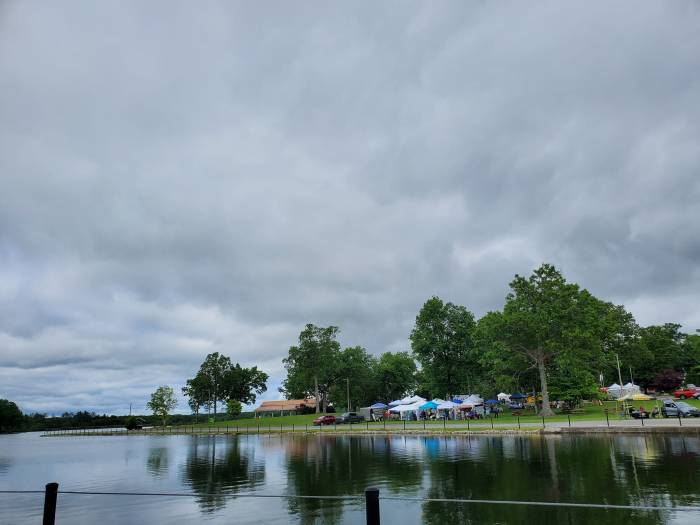
Lake Tansi, like Fairfield Glade, is a retirement CDP community that sits right on the lake behind Lake Tansi Village. It appears as though they do not mind if non-residents set up picnics and fish during the day.
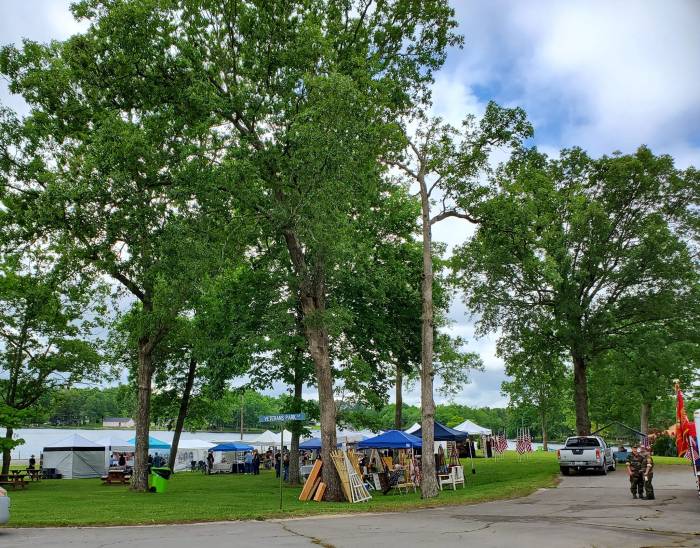
On various holidays, the village hosts events that are open to the public like summer markets, fall festivals, and cruise ins.
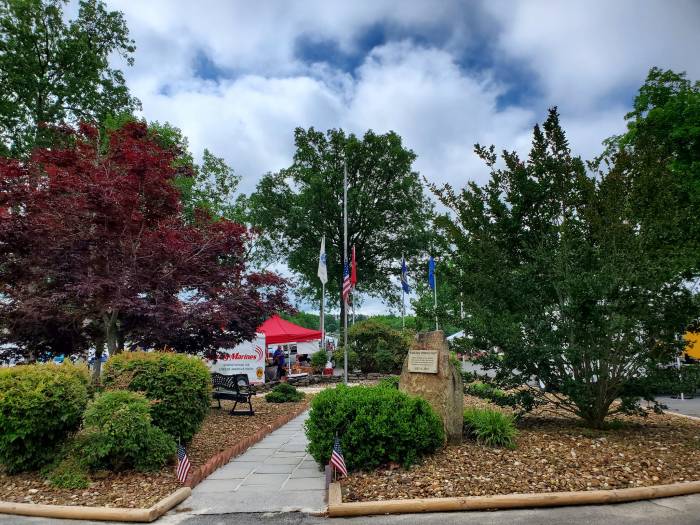
We visited during the Lake Tansi Village Annual Cruise-In, checked out some local vendors, and watched the antique cars start to roll in for display.
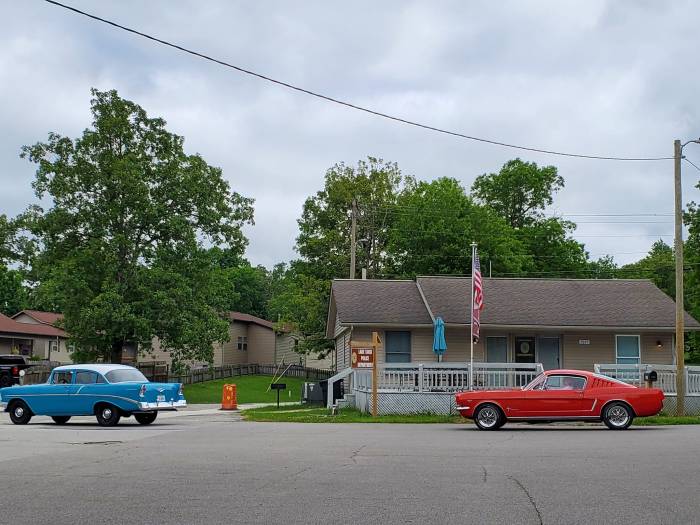
While you are out here, stop by Dirty Girls Nursery.
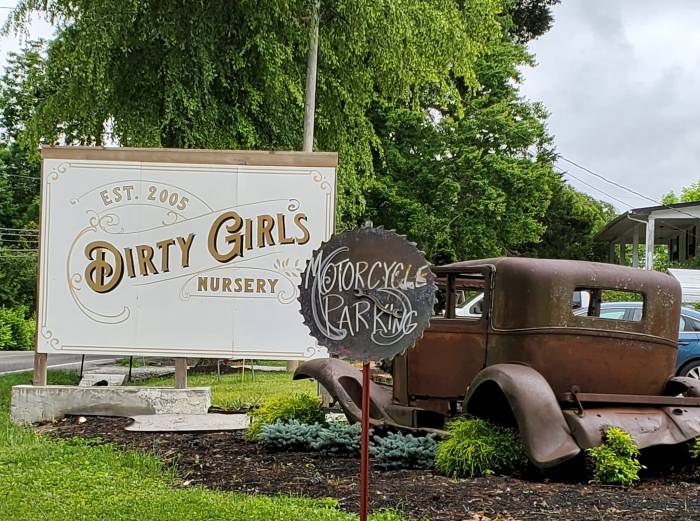
You can not miss the giant, rustic Rock City mural painted on an old barn that has been converted into a greenhouse.
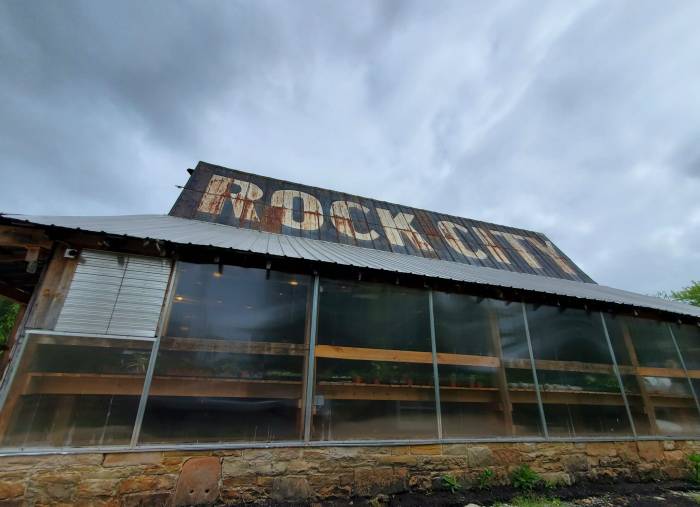
I love this nursery, their selection of plants, and their attitude in general.

In the area for a while? Follow me to Kingston, Cummins Falls, Bee Rock Overlook, Ozone Falls, Cumberland Mountain State Park, and Cookeville!
*******************
© Copyright Fernwehtun, 2015- Current. Unauthorized use and/or duplication of this material without express and written permission from this site’s author and/or owner is strictly prohibited. Excerpts and links may be used, provided that full and clear credit is given to Fernwehtun and Fernwehtun.com with appropriate and specific direction to the original content.



Pingback: Historic Cookeville; Micropolis of the Upper Cumberland Plateau | Fernweh
Pingback: Fort Southwest Point, Ironworks, and other Relics of Roane County | Fernweh
Pingback: Dive Into Cummins Falls | Fernweh
Pingback: Bee Rock Overlook & the Standing Stone Monument in Monterey, Tennessee | Fernweh
Pingback: Ozone Falls; Seoni of the South in Tennessee’s Jungle Book Waterfall | Fernweh
Pingback: C-C-C-Cumberland Mountain State Park | Fernweh